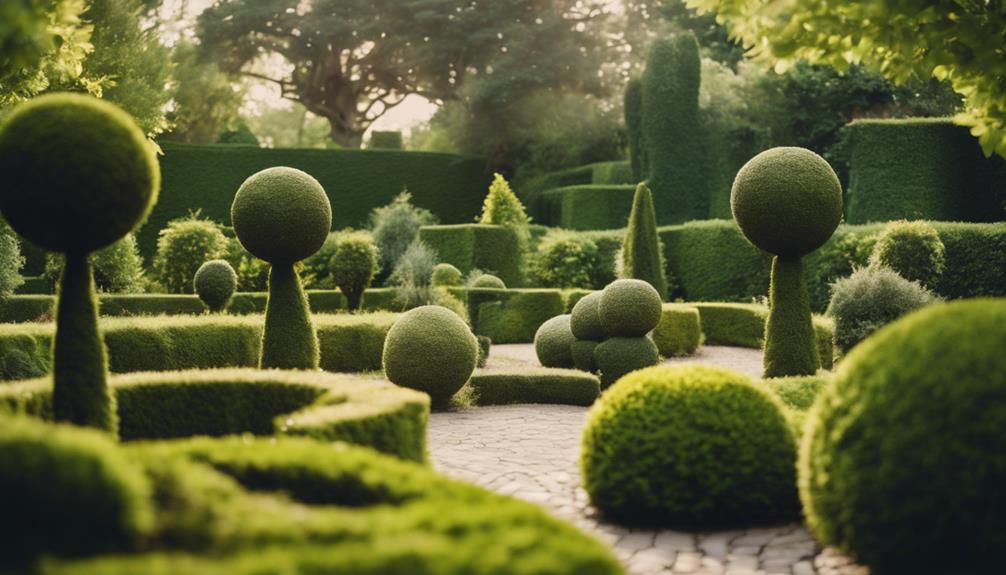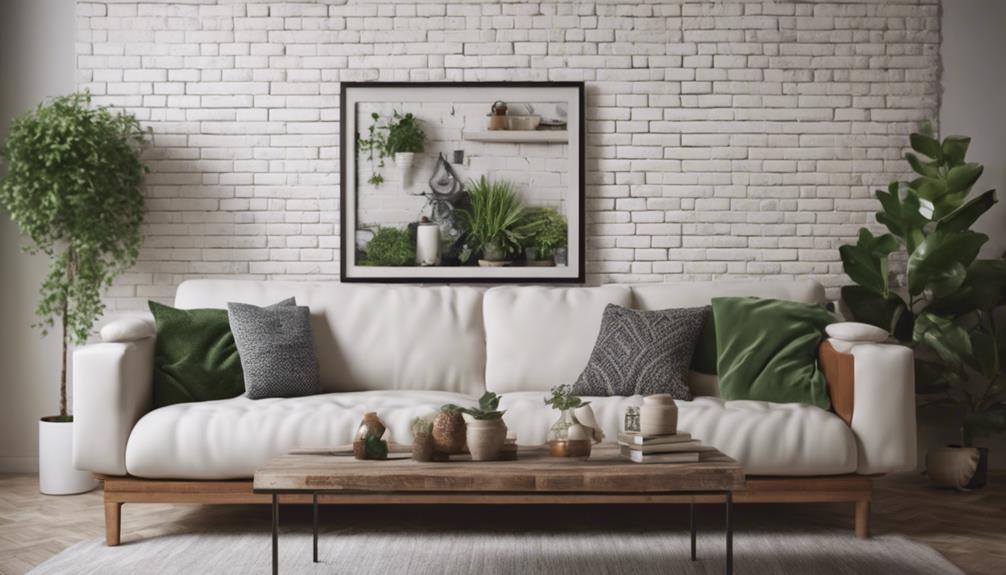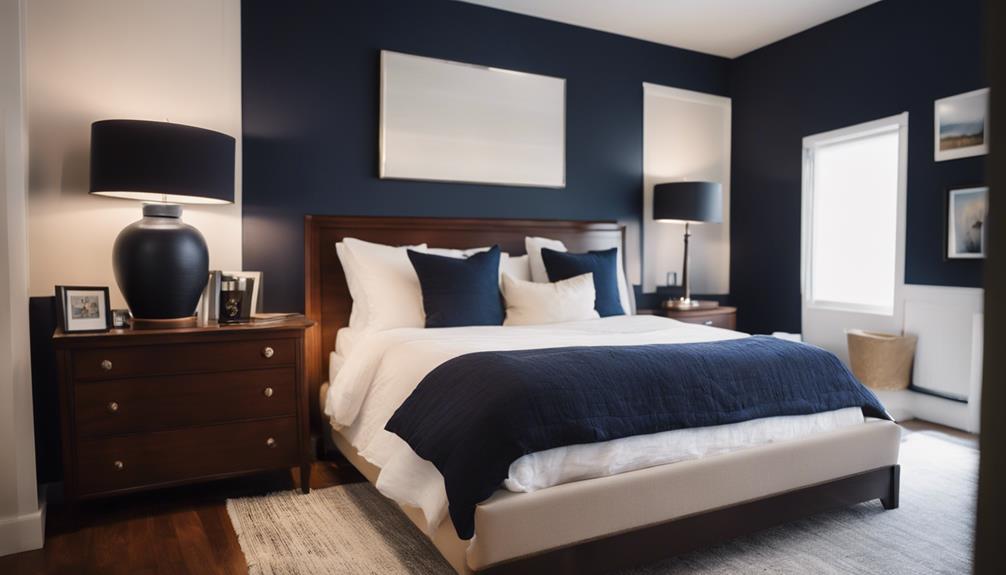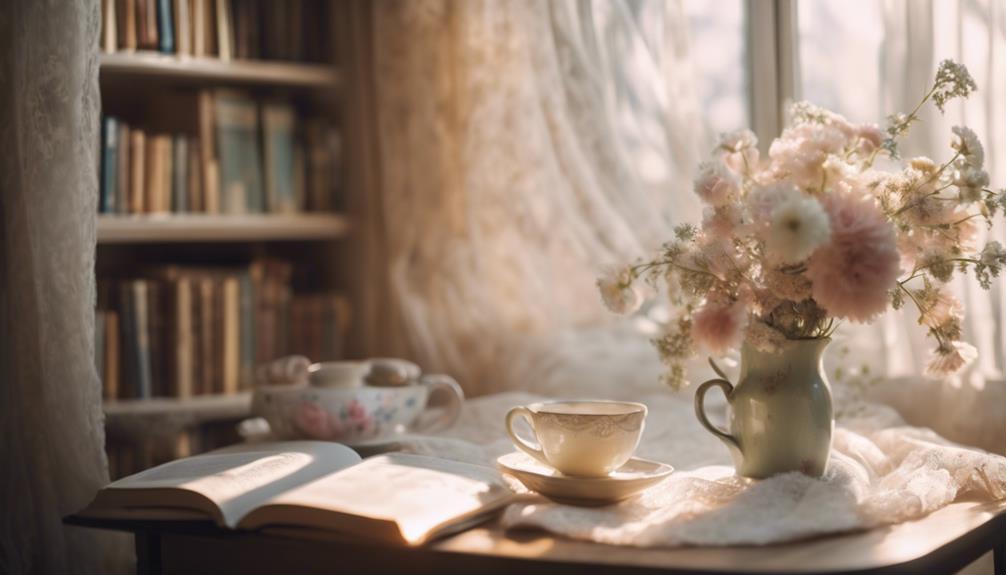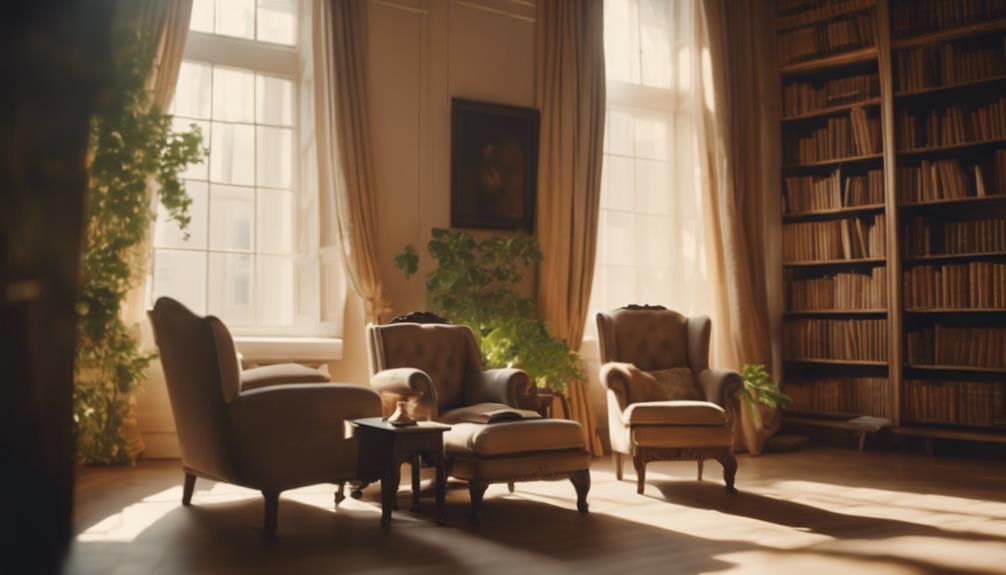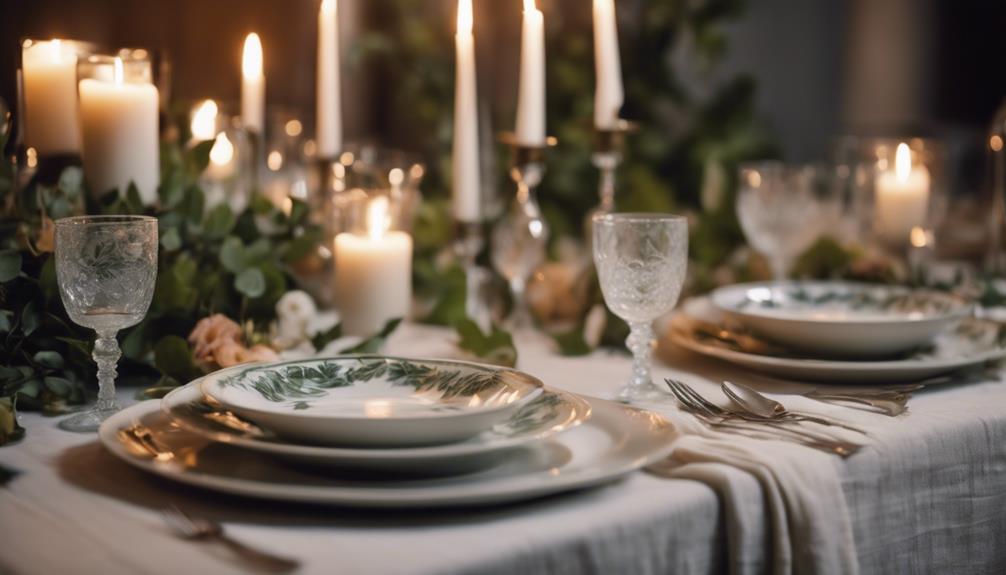Transform your outdoor space with these 7 stunning topiary design ideas for your garden! Revive classic shapes like spheres, cubes, and cones, or reveal whimsical animal designs like elephants and birds. Geometric patterns inspired by nature will create visually striking features, while framed masterpieces will elevate your garden's visual appeal. Modern twists on traditional designs and elegant entranceways with topiary will showcase your personal style. With a little creativity, you can create a captivating garden that boosts your home's curb appeal. As you explore these ideas, discover how to balance harmony and structure, and take your garden to the next level.
Key Takeaways
• Revive traditional topiary shapes like pyramids and spirals to enhance garden harmony and balance.
• Use wire frames to create whimsical animal designs, such as elephants, giraffes, and birds, adding charm to gardens.
• Incorporate geometric patterns and shapes, like spheres and cones, to create visually striking features in your garden.
• Conceal wire templates with foliage to create framed masterpieces, elevating garden visual appeal with creative shapes.
• Modernize topiary designs by incorporating fresh geometric shapes, unique plant choices, and contemporary twists on classic styles.
Classic Topiary Shapes Revived
As you stroll through modern gardens, you'll notice classic topiary shapes like spheres, cubes, and cones making a stylish comeback, adding structure and elegance to outdoor spaces. These timeless shapes aren't only aesthetically pleasing but also provide a sense of symmetry and balance in the garden. By incorporating classic topiary shapes into your design, you can create a focal point and add visual interest to your outdoor space. Reviving traditional topiary forms like pyramids and spirals can also enhance the harmony and refinement of your garden.
Classic topiary shapes are versatile and can complement various garden styles, from modern to traditional. They can be used as standalone pieces or combined with other design elements to create a unique look. When selecting a topiary shape, consider the overall aesthetic you want to achieve and the style of your garden.
With a little creativity, you can use classic topiary shapes to create a stunning outdoor space that reflects your personal style. By embracing these timeless design ideas, you can elevate your garden's beauty and create a welcoming atmosphere for years to come.
Whimsical Animal Designs Unleashed
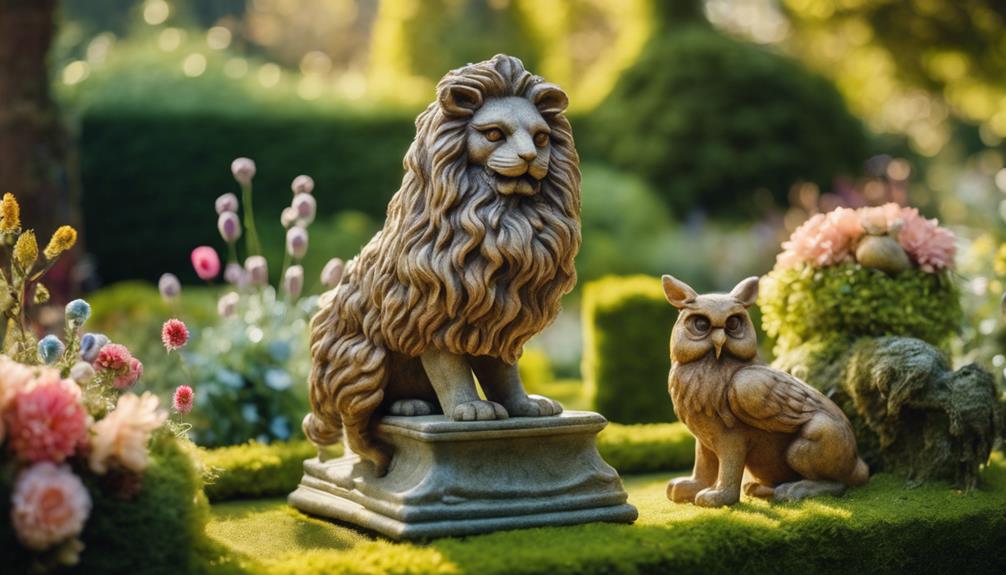
As you explore the domain of whimsical animal designs, you'll discover a world of creative possibilities. From wire-framed wonders to feathered friends and woodland creatures, these topiary designs will transport you to a fantastical world.
Let's explore the points of Whimsy in Wire Frames, Feathered Friends Forever, and Woodland Creatures Abound, and uncover the secrets to bringing these enchanting designs to life in your garden.
Whimsy in Wire Frames
With wire frames, you can ignite your creativity and bring a touch of whimsy to your garden by shaping plants into fantastical animal forms that seem to spring to life. These wire frames provide a structured foundation for shaping plants into recognizable animal forms, allowing you to spark your creativity and bring a sense of enchantment to your garden. Popular animal designs include:
| Animal Design | Description | Plant Type |
|---|---|---|
| Elephant | Majestic and gentle, adding a touch of sophistication | Boxwood or Holly |
| Giraffe | Tall and playful, perfect for a whimsical touch | Ivy or Clematis |
| Peacock | Vibrant and colorful, adding a pop of color | Flowering plants like Petunias or Geraniums |
| Monkey | Mischievous and fun, great for a playful garden | Trailing plants like Creeping Jenny or Sweet Potato Vine |
| Dragon | Fierce and mythical, perfect for a dramatic statement | Succulents like Aloe or Echeveria |
Feathered Friends Forever
Take your topiary design to new heights with feathered friends that add a touch of personality to your garden, from majestic birds of paradise to playful parakeets, all waiting to be shaped and pruned into whimsical wonders.
In a topiary garden, these feathered friends can bring a sense of charm and whimsy, adding a playful touch to your landscape. To achieve these lifelike forms, careful pruning and shaping are essential.
You can feature a single, show-stopping topiary animal or scatter them throughout your garden for a fun surprise. Popular feathered friends in topiary design include peacocks, which can add a regal touch to your garden.
By incorporating these whimsical designs into your topiary garden, you'll create a unique and enchanting outdoor space that's sure to delight. So why not give your garden a personality boost with these charming feathered friends?
With a little creativity and pruning know-how, you can bring these topiary animals to life and make your garden a true showstopper.
Woodland Creatures Abound
You can create a whimsical woodland world in your garden by incorporating topiary designs featuring playful rabbits, mischievous squirrels, and curious birds that seem to come to life amidst your lush greenery.
With the help of a skilled topiary specialist, you can craft large topiary woodland creatures that will transport your visitors to an enchanted land.
Imagine strolling through your garden, surrounded by a menagerie of woodland creatures, each one meticulously sculpted from boxwoods, yews, or hollies. These whimsical animal topiaries can serve as focal points or accents in your garden, enchanting visitors with their intricate forms.
By incorporating these charming designs, you'll transform your outdoor space into a magical woodland paradise that delights both young and old.
Whether you're looking to add a touch of fantasy or simply want to create a unique conversation starter, woodland creatures abound in your topiary garden, bringing a sense of wonder and enchantment to your outdoor oasis.
Geometric Patterns in Nature
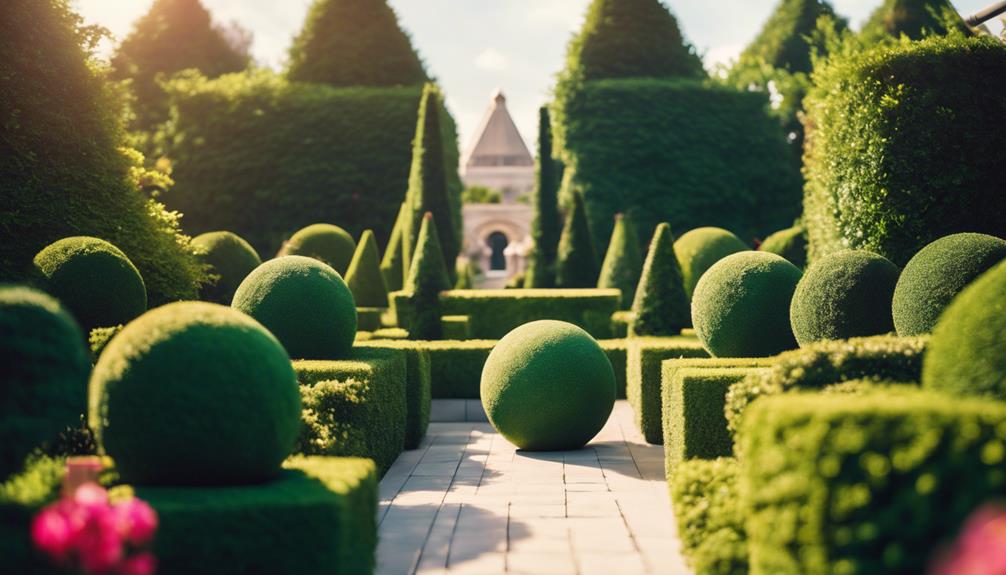
Nature's intricate designs inspire topiary artists to replicate geometric patterns, echoing the harmony of cubes, spheres, and cones found in the natural world. By incorporating these shapes into your garden design, you can create a visually striking and unique feature. Topiary offers a way to create visual contrast in your garden with simple geometric shapes, adding depth and interest to your outdoor space.
Here are some ways to incorporate geometric patterns into your topiary design:
- Use frames to guide plants into creative shapes, with wire templates hidden inside the topiary for intricate designs.
- Plant clipped evergreens in geometric shapes, such as spheres or cones, to mimic the Oriental shaping found in traditional Japanese gardens.
- Create a topiary forest by planting a mix of various geometric shapes, creating a unique and dramatic garden feature.
- Experiment with different geometric shapes, such as cubes or pyramids, to add visual interest to your garden.
- Combine geometric shapes with other design elements, such as water features or statues, to create a cohesive and stunning garden design.
Topiary Forests for Dramatic Impact
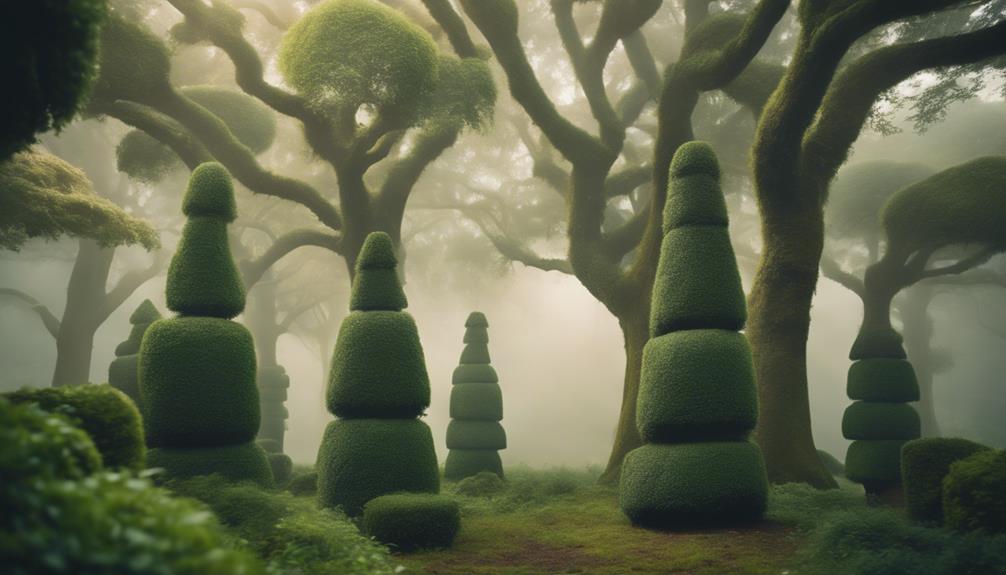
By grouping multiple geometric topiary shapes together, you can create a visually stunning topiary forest that adds depth, texture, and whimsy to your garden. These topiary forests can feature a mix of shapes and sizes, creating a mesmerizing impact that transforms your outdoor space.
Imagine a cluster of spiral-shaped trees alongside cylindrical and conical ones, forming a visually striking landscape that's sure to impress. By incorporating different geometric shapes, you can add texture and depth to your garden design, making it a unique and enchanting oasis.
You can arrange the topiary trees in patterns or clusters, further enhancing the aesthetic appeal of your garden. With a topiary forest, you can create a whimsical atmosphere that invites exploration and relaxation. By grouping these geometric shapes together, you can create a dramatic and alluring garden that's sure to become a focal point of your outdoor space.
Framed Masterpieces in the Garden
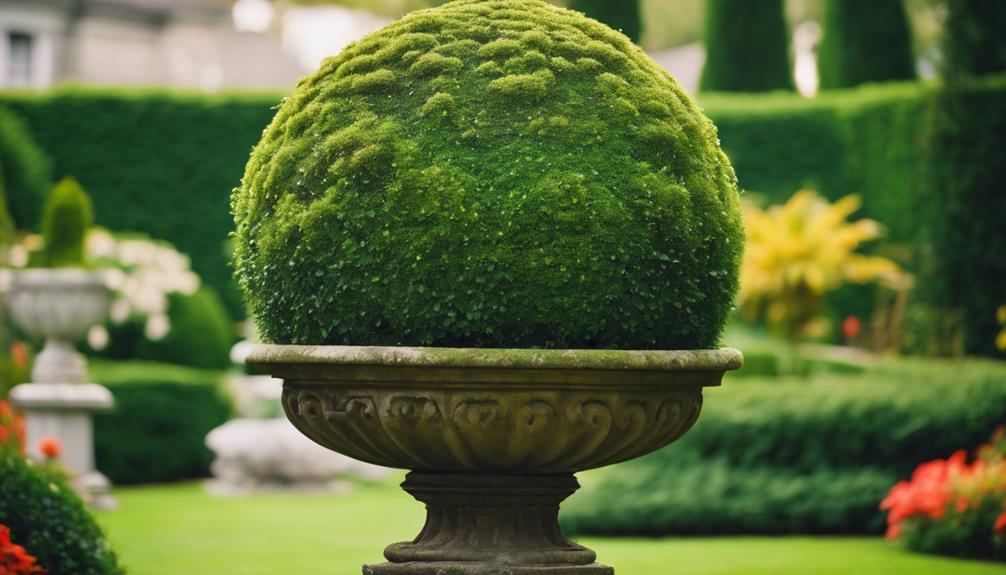
To elevate your garden's visual appeal, incorporate framed topiary masterpieces that cleverly conceal wire templates within the foliage, allowing you to craft creative shapes that become instant focal points. By using frames, you can create stunning topiary designs that add a touch of elegance to your formal gardens. Evergreen shrubs, like boxwood or yew, are ideal for framing, as they can be easily shaped and maintained.
Here are some ideas to get you started:
- Design a topiary hedge atop a privacy hedge for a unique and decorative look in your garden.
- Use lollipop bay trees, box topiary balls, and pompom conifers to add charm and elegance to your garden.
- Replicate Oriental shaping by incorporating clipped evergreens in Japanese gardens for a touch of traditional and serene beauty in your outdoor space.
- Create a topiary forest with various geometric shapes to add depth and dimension to your garden while showcasing your creativity and style.
- Experiment with different frame shapes and sizes to create a one-of-a-kind topiary masterpiece that reflects your personal style.
Modern Twists on Traditional Designs
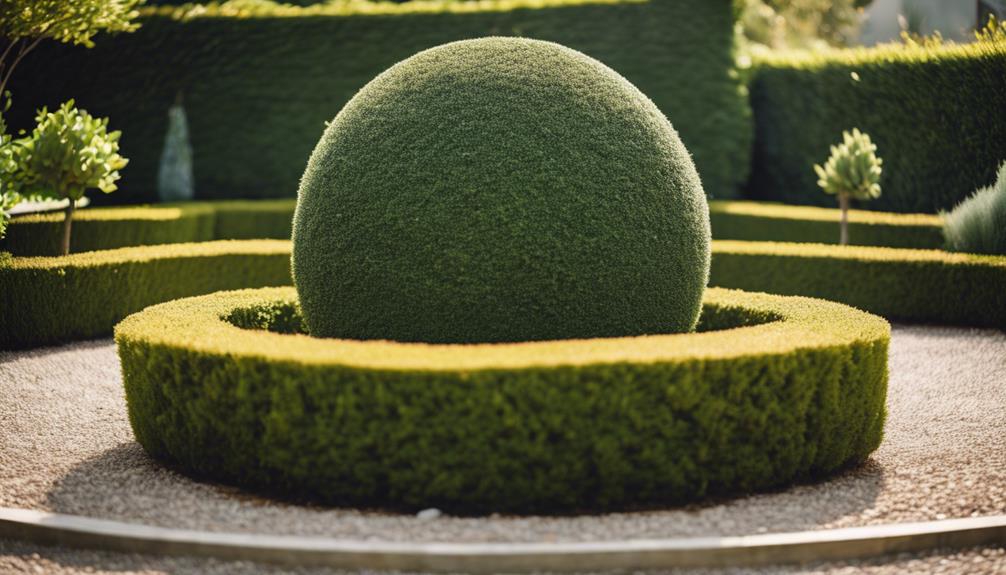
You can modernize traditional topiary designs by incorporating fresh, geometric shapes and unique plant choices that add a contemporary spin to classic styles. As a garden designer, you can experiment with modern twists like lollipop bay trees, box topiary balls, and pompom conifers to create a fresh take on traditional designs.
To add visual contrast in your garden, try using simple shapes such as cubes, spheres, or cones to add interest and dimension. You can also replicate oriental shaping with clipped evergreens in Japanese gardens to bring a touch of zen to your outdoor space.
For a whimsical and enchanting element, plant a topiary forest with various geometric shapes. Use frames for creative shapes, utilizing wire templates hidden inside topiary to achieve unique and intricate designs in your garden.
Cloud pruning, a technique that involves pruning plants to create soft, cloud-like shapes, can also add a modern touch to your topiary designs. By incorporating these modern twists, you can create a unique and captivating garden that showcases your creativity and style.
Elegant Entranceways With Topiary
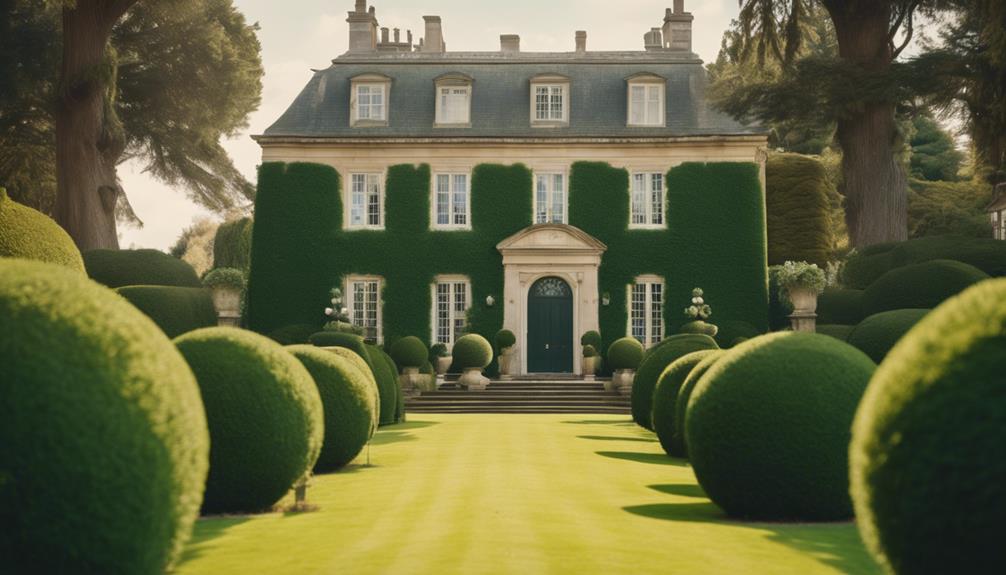
Create a stunning first impression by placing topiary at your entranceway, where it can elegantly flank your doorway and guide visitors' eyes towards your home's main entrance. This thoughtful touch will elevate your garden ideas and add structure to your outdoor space.
By incorporating topiary in containers at your entry points, you'll create a welcoming and stylish touch that sets the tone for your entire garden. Here are some tips to keep in mind:
- Use topiary to create symmetry by flanking your doorway, enhancing the architectural features of your home.
- Choose shrubs that match the style of your home, whether traditional or modern.
- Consider using topiary as a focal point to draw visitors' attention to your main entrance.
- Don't be afraid to experiment with different shapes and sizes to add visual interest.
- Topiary can be tailored to fit your personal style, from formal to whimsical.
Frequently Asked Questions
How to Design a Topiary Garden?
When designing a topiary garden, you'll want to start by choosing a style that suits your taste, whether it's classic, modern, or themed. Consider popular themes like animal sculptures or geometric shapes for a unique look.
Next, decide on an approach: will you use frames to guide plant growth or opt for a more natural look?
How Can I Make My Garden Look Amazing?
You want to make your garden look amazing, but where do you start? Begin by creating visual contrast with simple shapes like cubes, spheres, or cones to add interest and beauty to your outdoor space.
Don't be afraid to get creative with unique topiary designs that reflect your personal style. By incorporating stunning topiary elements, you'll be well on your way to crafting a garden that's truly show-stopping.
What Plant Makes the Best Topiary?
When selecting the best topiary plant, you'll want to contemplate the shape and structure you envision.
Yew is great for tall, spiraling creations, while boxwood is perfect for defined 3-D shapes.
Bay trees work well for stemmed pieces that bush out at a specific height.
Bayberry, with its dense foliage, is ideal for intricate designs.
Ultimately, the right plant for you'll depend on the unique look you're going for.
How Do I Make My Garden Aesthetically Pleasing?
As you commence on crafting an aesthetically pleasing garden, envision a masterpiece where every element harmonizes in perfect symphony.
You'll want to balance textures, colors, and shapes to create visual interest. Start by incorporating a mix of plants with varying heights, widths, and bloom times to add depth and visual appeal.
Then, use topiary designs to add a touch of whimsy and sophistication, drawing the eye to focal points in your garden.
Conclusion
As you incorporate these stunning topiary design ideas into your garden, remember that topiary art has been a staple of landscaping for centuries. In fact, did you know that topiary has been a part of European garden design since the 16th century?
By embracing both classic and modern designs, you'll create a unique outdoor space that's sure to impress. Whether you opt for whimsical animals or elegant entranceways, your topiary creations will unquestionably become the focal point of your garden, elevating its beauty and sophistication.
